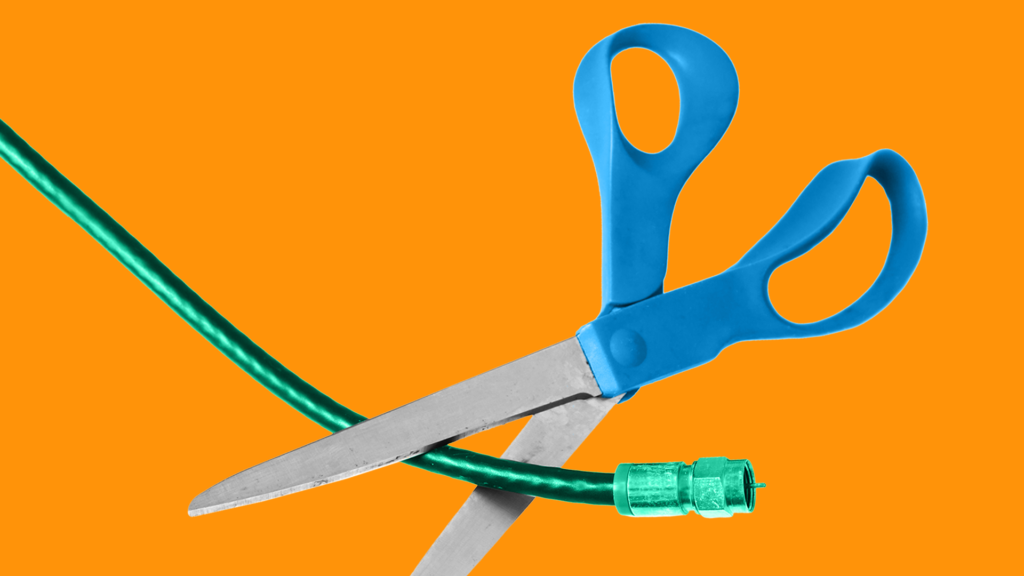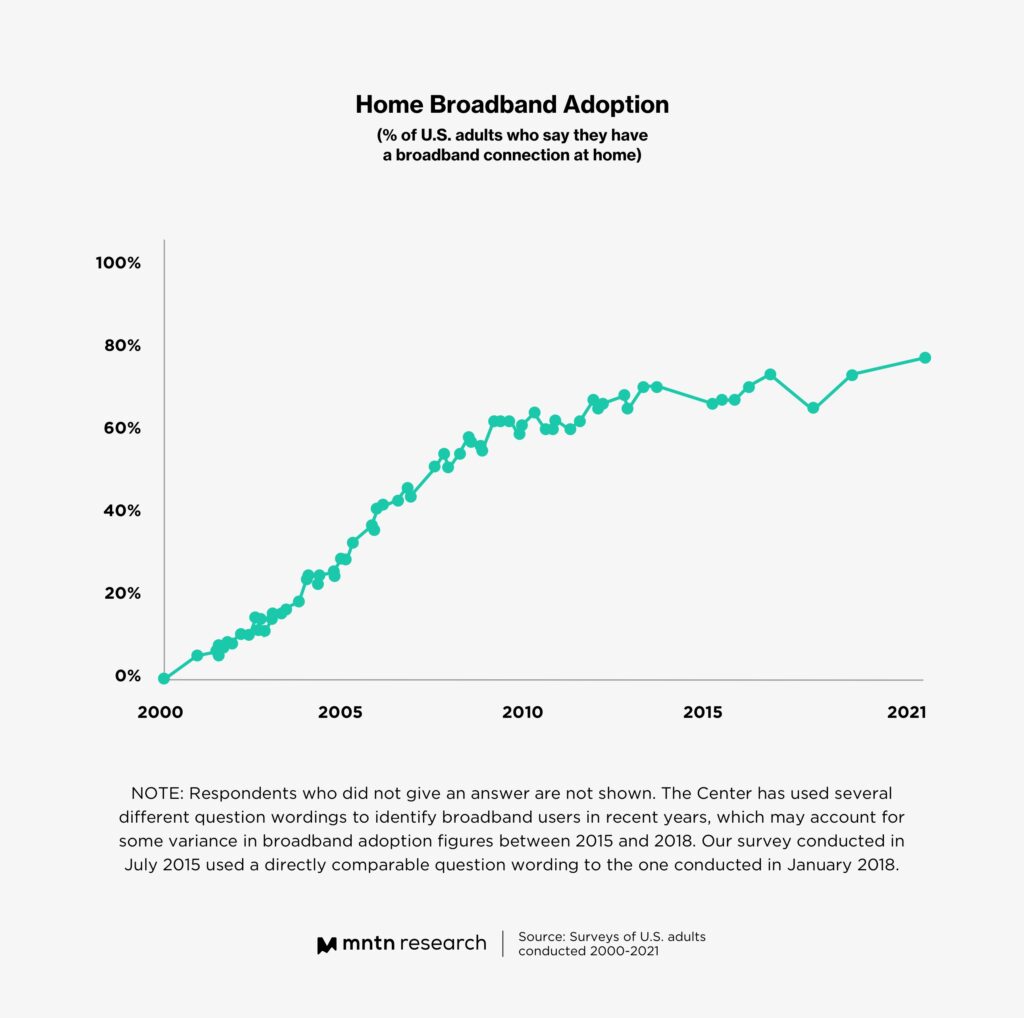The Future of (C)TV Is Now
by Jaci Schreckengost
4 Min Read
CES 2024: Stagwell (STGW) and MNTN Announce Partnership in Unified Performance SolutionsLearn More

4 Min Read
What makes people stay with cable TV? At first, the answer seems obvious: older audiences who prefer to stick with what they know. Right? But the so-called “cord keepers” aren’t just Boomers. And it’s more than just demographics keeping linear TV hanging on (albeit by a thread). While the price may be right for cable and broadcast subscribers avoiding the leap to streaming subscriptions, it’s also a case of The Price Is Right (maybe you see where this is going?).
Although wider industry trends suggest that linear TV is on its way out, one golden oldie that continues to bolster the space: game shows. Not only are they cheaper and easier to get on the air, since multiple episodes can be filmed in a short period, but they’re a favorite of 60+-year-old viewers, who, yes, are still the generation that are still likely to be watching broadcast television. What’s less clear is, how deep these loyalties lie. Jeopardy!’s new hosts Ken Jennings and Mayim Bialik have faced a bumpy road since the death of Alex Trebek in 2020; still, ratings have stayed strong for the ABC tentpole. (Both hosts also received individual Emmy nods earlier this week) Now, the latest familiar face to be up for contract renegotiation is Wheel of Fortune’s Vanna White, whose 40-year-strong career was drawing 40 million viewers nightly by the mid-1980s. A smooth transition that worked for one game show isn’t guaranteed to work for them all—will these viewers continue to stick around as their favorite co-hosts say goodbye?
And there’s another story still left untold—the one that goes beyond demographics altogether.
Cord-keeping is as much an issue of access as it is demographics, and it has a domino effect on Connected TV. According to Pew Research, 77% of Americans today have broadband connections. The number of internet adopters increased exponentially between 2000 and 2010, but that rate has flattened in recent years. It leaves us asking—what’s the bottleneck stopping the remaining 23% of American households from getting high-speed internet—and in turn, streaming TV?

Geography has been a major barrier to entry. In a recent Morning Edition segment on NPR, radio host Aaron Bolton explained the big divide in broadband access, pointing out that “most places in America that lack high-speed internet are rural. Fewer than 6% of Montanans have access to fiber-optic service [yet] broadband is crucial for good-paying jobs, education, and affordable health care.”
That’s hopefully about to change, as Congress overhauls its Infrastructure Act and pledged $42 billion to provide all Americans with high-speed and affordable internet by 2030. These funds were allocated to every state and territory based on broadband maps reflecting underserved areas, with 19 of those states receiving more than $1 billion in funding. This overhaul is in addition to the $23 billion broadband access programs that have been promised to tribal communities and low-income households.
While the infrastructure challenge gets sorted out, what can be done about access to Connected TV in the meantime? New ventures like the MNTN- and Gary Vaynerchuck-backed Telly are disrupting the space with free CTV devices (for viewers, anyway) that operate purely on ad revenue; the first drop of 500,000 Tellys are set to ship this summer.
“If you actually look at how much people consume TV, the amount of revenue generated from the eyeballs surpasses [any] monthly [subscription] fee,” said Ilya Pozin, CEO and founder of Telly. The idea was to adapt and reconfigure the idea from Pluto, which Pozin co-founded before it was sold to Paramount in 2019 in a $340 million deal. “The hypothesis on Pluto was [whether you can] run and build a sustainable business model off of a single revenue stream, advertising alone? Everyone thought we were crazy.”
While the Telly model might not close the economic divide between the (streaming) haves and have nots, it’s one step in the right direction that could make it easier for holdouts to entertain the idea of cutting the cord, once and for all.
Other CTV News You Need to Know: